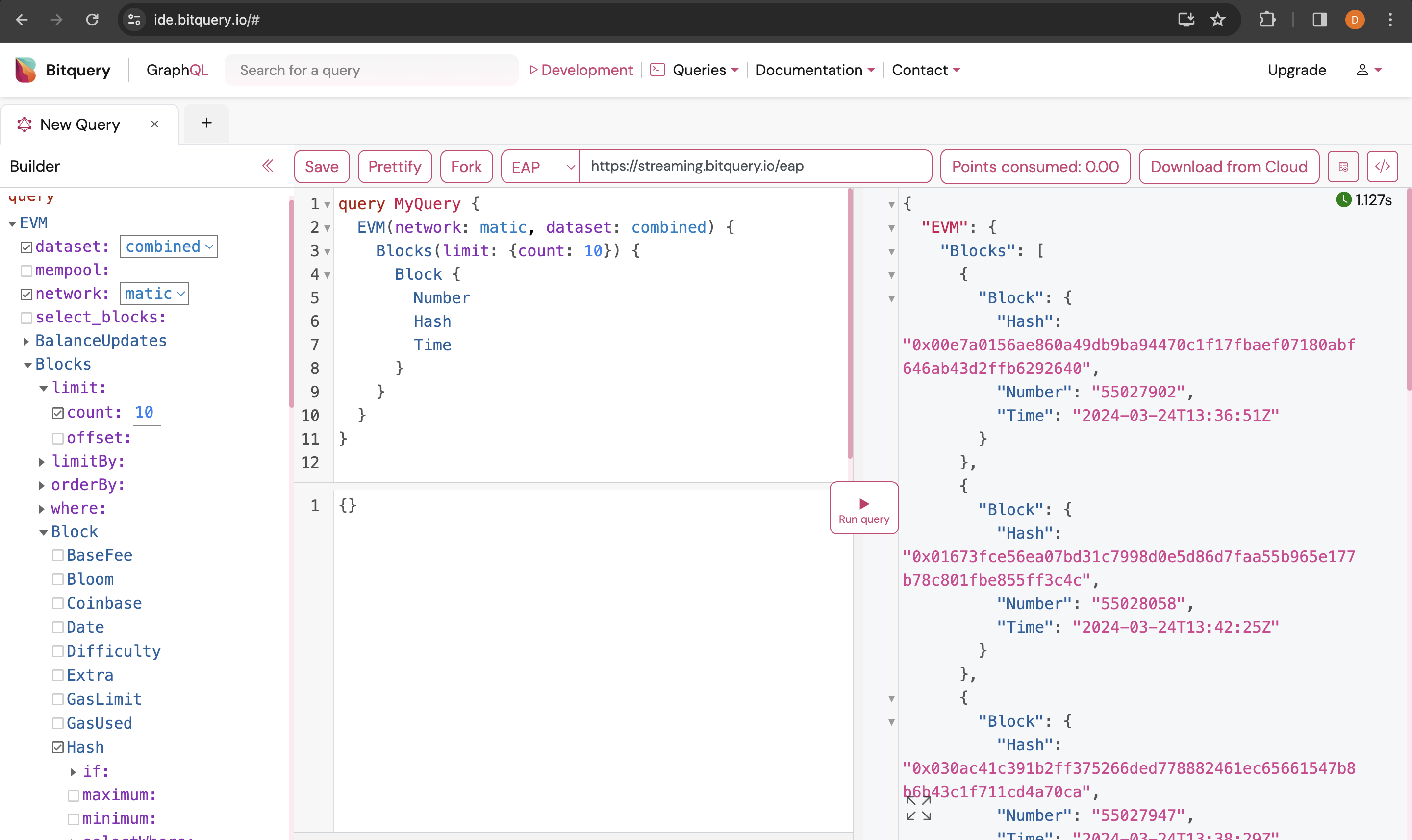Revolutionizing React State Management with Zustand and TanStack Query
React state management can be complex. Traditional solutions like Redux can feel heavy and cumbersome for smaller projects. This blog post explores a lighter, more efficient approach using Zustand for local state and TanStack Query for fetching and caching data, creating a powerful combination for building robust and performant React applications.
Concept: Zustand and TanStack Query Synergy
Zustand is a small, fast, and scalable state management solution. Its simplicity makes it ideal for managing local application state. TanStack Query, on the other hand, excels at fetching, caching, and updating asynchronous data. By combining them, we leverage Zustand's ease of use for UI state and TanStack Query's power for data fetching, resulting in a clean separation of concerns and improved performance. Zustand manages the UI's reactive state, while TanStack Query handles the complexities of data fetching, background updates, and caching, all without the boilerplate of larger solutions.

Code Example: A Simple Data Fetching Application
Let's build a simple application that fetches a list of posts from an API. We'll use TanStack Query to handle the data fetching and Zustand to manage UI state like loading indicators and error messages.

Tips and Best Practices
• **Keep Zustand stores small and focused:** Avoid creating large, monolithic stores. Break down your state into smaller, more manageable units. • **Utilize TanStack Query's caching:** Leverage TanStack Query's powerful caching mechanisms to reduce API calls and improve performance. • **Handle errors gracefully:** Implement proper error handling in both Zustand and TanStack Query to provide a better user experience. • **Use React Context with Zustand:** While Zustand is lightweight, using React Context can simplify component access to the store.

Conclusion
Zustand and TanStack Query offer a compelling alternative to more complex state management solutions. Their combined strengths provide a streamlined, efficient, and scalable approach to building modern React applications. By separating concerns and leveraging their individual capabilities, developers can create cleaner, more maintainable, and performant code.
Comments
Post a Comment